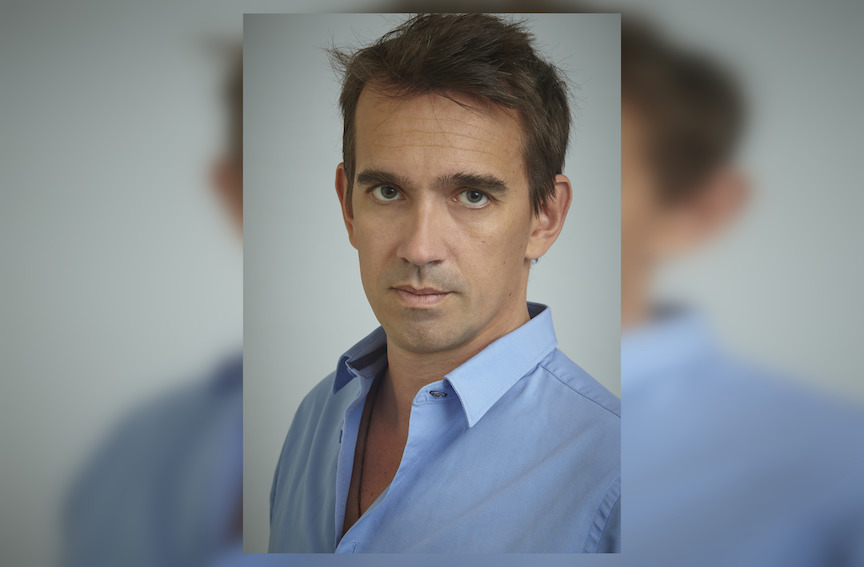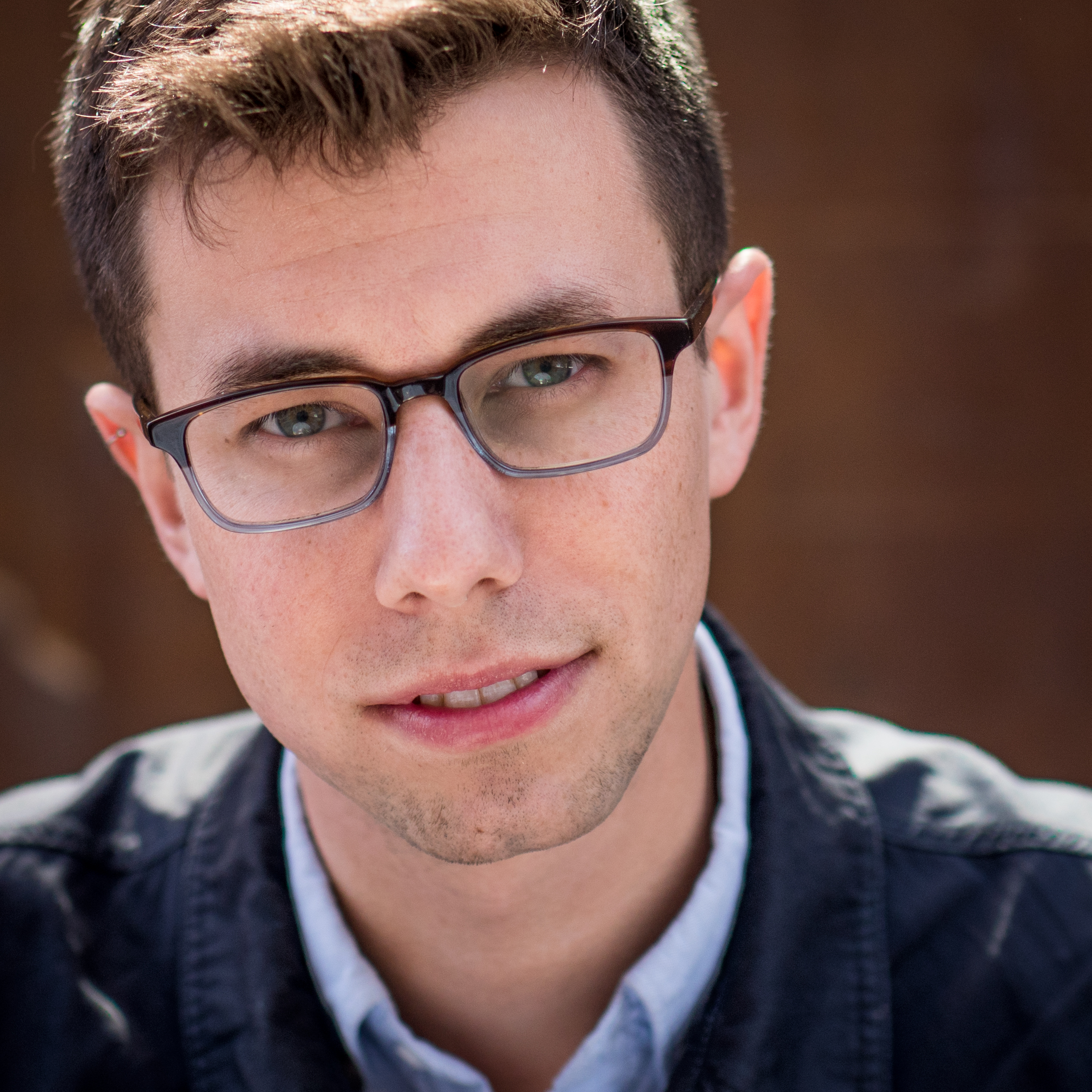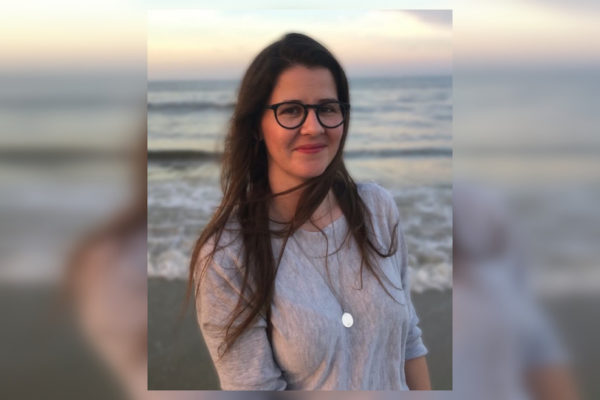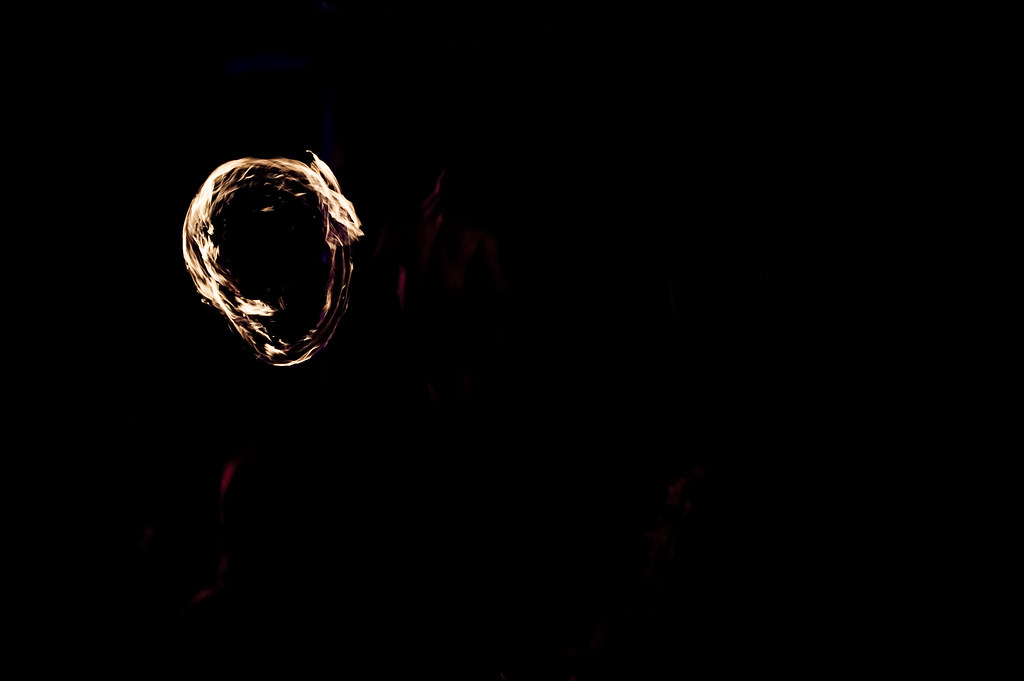In this interview, Sarah Gheyas spoke to Peter Frankopan about his latest book, The New Silk Roads, which looks at the shifting geopolitics and the rising global influence of industrial powerhouses of Central Asia. Peter Frankopan authored the highly acclaimed international bestseller, The New Silk Roads: The Future and Present of the World (Bloomsbury 2018) and The Silk Roads: A New History of the World (Bloomsbury 2015), both of which have been translated into more than thirty languages. Other notable books include a revised translation of The Alexiad (Penguin Classics 2009) and The First Crusade: The Call from the East (Harvard University Press, 2012). He’s written for The New York Times, The Guardian, The Financial Times and The London Evening Standard. Prospect Magazine named him One of the World’s 50 Top Thinkers in 2019. He currently chairs the Ondaatje Prize at the Royal Society of Literature, the Cundill History Prize and the Runciman Book Prize. He is professor of Global History at Oxford University, and the Stavros Niarchos Foundation Director of the Oxford Centre for Byzantine Research. He is also the founder of the hotel franchise, A Curious Group of Hotels.
“A whole new world, a new fantastic point of view… It’s crystal clear,” Aladdin sang and foretold the future over twenty-five years ago, that “I am in a whole new world with you.” And here we are, twenty-five years later, where you pen a book stating how, “All roads now lead to Beijing.” What intrigues you the most about this crossroad, this “new fantastic point of view” ahead?
The fact that the future of the world hangs on decisions made not only in China, but in Russia, Iran, the Middle East, India, Pakistan etc. These include, of course, decisions about the global economy, which is directly and closely connected with markets in Asia that are home to more than four billion people, but also climate change, energy consumption, pollution and data usage. As we’ve seen recently with the assassination of General Qasem Soleimani in Iran and CoVid-19 (coronavirus), it is no coincidence that today, the big news is all about the Silk Roads. Alongside attempts to better tackle fundamentalist ideologies, there are new tolerances too, such as the Abrahamic family house to be built in Abu Dhabi.
How is China’s ‘Belt and Road Initiative’, this new Silk Road, different from the historical Silk Roads, merchant trading routes for the exchange of goods, peoples and ideas?
It’s all in the eye of the beholder. There was no such thing as the Silk Roads in the past, in so far as this was simply a term invented in the late 19th century as a convenient and catchy way to describe connections between Han dynasty China and the Roman empire in the Mediterranean. They were/are abstract connections, so while they can be helpful in helping explain different kinds of connectivities and interactions, they are clearly very different from a specific set of priorities that some refer to as China’s signature economic and foreign policy of the early 21st century.
Having said that, there are so many strands and elements to the Belt and Road Initiative, that in a funny way they too can easily be seen as a catch all that spans everything ranging from investments in the energy sector to improvements in oral hygiene.
What are the pros and cons of this new Silk Road?
Well, on the plus side, greater levels of investment, infrastructure upgrades and co-operation would seem to me a good thing; on the down side, a lot of that is harder than it sounds, can store up problems that one or both sides do not anticipate, and at the moment, at a time of economic, medical, political and technological fragility, things can also go wrong quite quickly.
As I wrote in my original Silk Roads book, the ways that we are all closely connected are terrific at times of peace and growth; but the same networks that help get goods more quickly and cheaply from one side of the world to another suddenly become our Achilles heel when we realize that airplanes, railways and motorways are also vectors for the spread of disease. That is one of the key takeaways from the study of history in general, and of the Silk Roads in particular.
Do you anticipate that the Silk Roads are the place to be now or in the future, given your book’s points on how foreign investment and ownership of global retail brands and World football cups hails from the East?
The rising economic strength of economies in South East Asia, but elsewhere too, seems to me to offer different challenges and opportunities. China is adding a new billionaire per week at the moment; and while income inequality is a major problem in countries like India, we should also be mindful that the last thirty years have seen the greatest alleviation of global poverty in history – mainly in Asia. Most of the countries in Asia are not only not free, they are also becoming less free in terms of attitudes to minorities, tolerances of different faiths, sexualities and opinions and so on. So on balance, living in a western democracy would seem to me preferable, even these sometimes present frustrations too.
You’re quite the flawless busy bee (historian, hotelier, father and more). How long did it take you to produce such an ambitious piece of work amidst all of your commitments?
I drink a lot of coffee and love moving around the world but above all, I have never had any illusions about how lucky I have been to spend my time reading, thinking and burrowing into archives. Sometimes those of us who work in the humanities talk about research and writing like it is a chore. But when you travel, see the challenges of real people in complex places, often in states of duress, it’s not hard to work hard and get on with it. I wrote a lot of Silk Roads late at night – I’d start writing at 10 at night, keep going till the small hours, and then get up with the kids at 7am. That is not sustainable for more than a few days at a time; but that rhythm worked for many months. The whole book took 30 years, I guess: it takes time to learn languages; to accumulate knowledge, and to be able to spend time thinking. There are bits in the book that stem from things I read or thought about when I was a fresh-faced undergrad in the early 1990s. Books can take time to mature. And I’m acutely aware that it’s much harder for early career scholars today than it was for me – the pressure to crack on is intense. It often happens that sometimes, a few more months and years would have allowed really good books to have been truly brilliant.
How challenging was it to write and translate all of these historical facts for a general audience rather than for an academic one?
I think that good scholarship has to stand up whether it is written for specialists or general readers. Silk Roads has around 2,500 footnotes, and it was important to me to attribute primary sources and also to acknowledge secondary works too. My publishers left me to it, and allowed me complete freedom to do that. Sometimes academic writers think elaborate, detailed and dense text (and footnotes) are signs of good scholarship; I think it’s the opposite: clarity and precision are more difficult to do well.
What languages are you fluent in?
Fluency is another of those showy ways that suggest brains and intelligence. Like so many other things, language proficiency is also a spectrum. I think it is much harder and more interesting to understand what someone means than what they say. And that means focusing on nuances, on context, and in written texts/sources what the audience and reception is. I think for Silk Roads I read material in 20+ languages; but the achievement is being able to unravel and really work out what one’s looking at. It helps to be able to do first class translations; but that’s only part of the story.
It’s clear in other interviews that you are an avid reader, with a particular fondness for Russian novelists. Which authors have greatly influenced your writing?
I think I’m influenced by everything I read. I do love my Russian novelists; but I think it’s easy to get carried away with showing off about one’s likes and dislikes – and to stick to the safety of high-brow books. Low-brow is chronically under-rated; if I’m sitting by a beach, I’m as happy with a magazine as with a trashy novel. The only thing I try to stick to is to read and stick local – so if I’m in Central Asia I’ll read anything produced by local writers; the same anywhere else I go.
Name the last trashy novel you’ve read?
As a gentleman, I would never name names.
What are you reading right now?
I’m up to my ears with climate data and climate science. When we think about history, we tend to start with written materials, then add in some material culture, archaeology and perhaps even some coins. But a vast amount of new material is being made available from a wide range of sources – like tree rings, ice cores, skeletal analysis, lake sediment, solar flares, and a lot more besides. So part of the time, I’m reading and learning a lot about those; but just like with languages, it’s important not to take all of this at face value too, but to really understand statistical modelling, regional variations, anomalies and also biases, gaps and errors in collection and interpretation of data. I’m finding it fun, but it’s hard work and challenging. But if I’d wanted an easy life, I should have thought about that a while ago. So no complaints. For now.
Any parting words of wisdom for young writers?
Read, read and read. The trick to being a good writer is to be a good reader. Simple.




